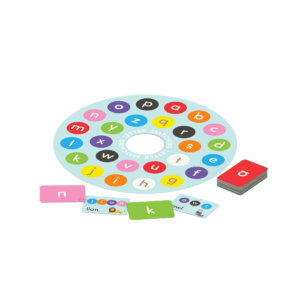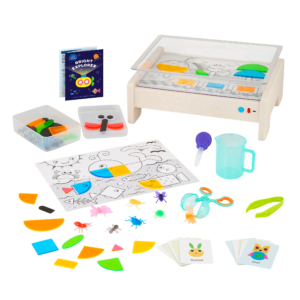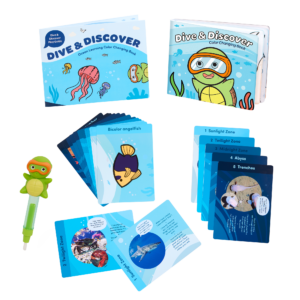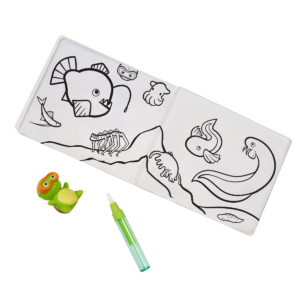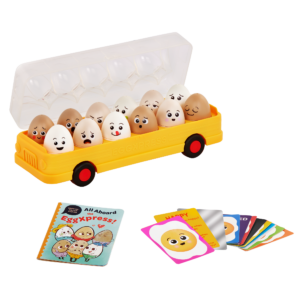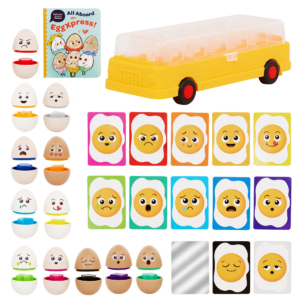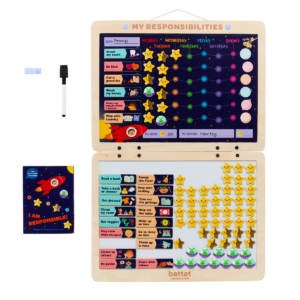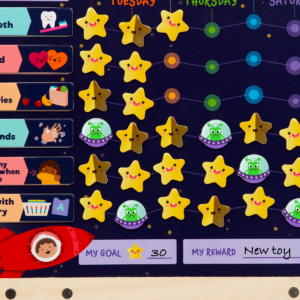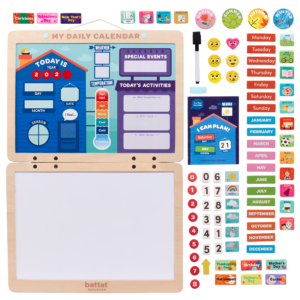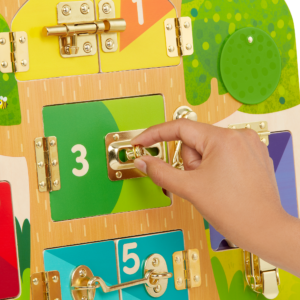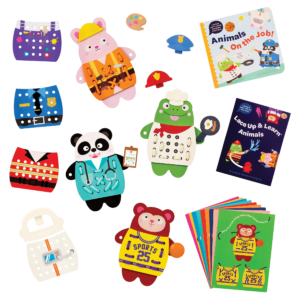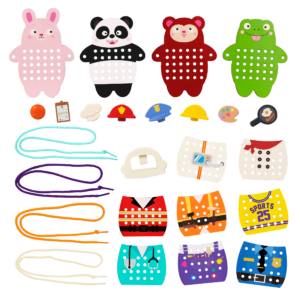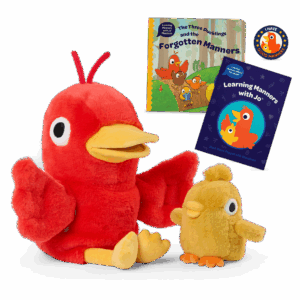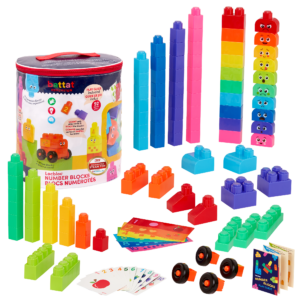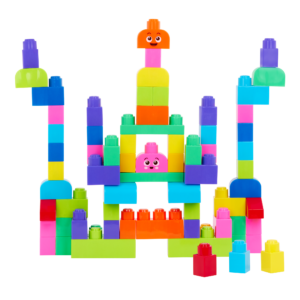Skills Guide
Learn more about the skills our toys are designed to develop!

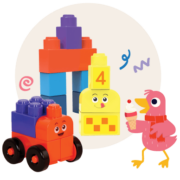
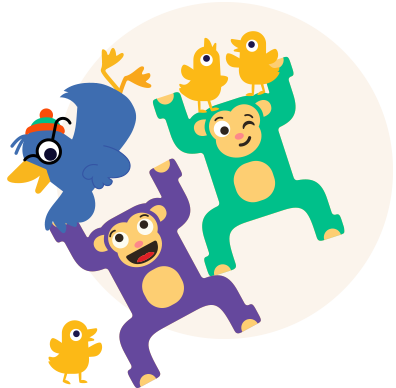

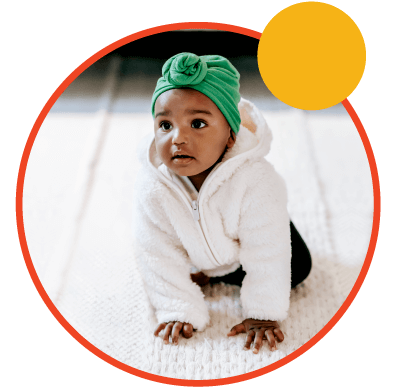
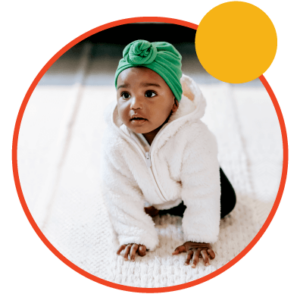
Our Collection of Fine & Gross Motor Toys
ABC Railway
Alphabet Learning Train SetAlphabet Fishing
Magnetic Alphabet Fishing GameBright Explorer
Educational Light Box PlaysetDive & Discover
Ocean Learning Color Changing Book SetKnock-Knock Who’s Inside?
Lock & Latch BoardLace-Up & Learn Animals
Fine Motor Wooden Lacing ToyLearning Ladybug
Ladybug Counting ToyLocbloc Counting Blocks
Educational Building Block Set References:
[1] Berk, L. E. (2022). Development through the lifespan. Sage Publications.
[2] Haywood, K. M., & Getchell, N. (2019). Life span motor development. Human kinetics. </small
[3] Mohd Fadzil, H. (2014). Sudents’ science manipulative skills during transition from primary to secondary school/Hidayah Binti Mohd Fadzil (Doctoral dissertation, University of Malaya).



